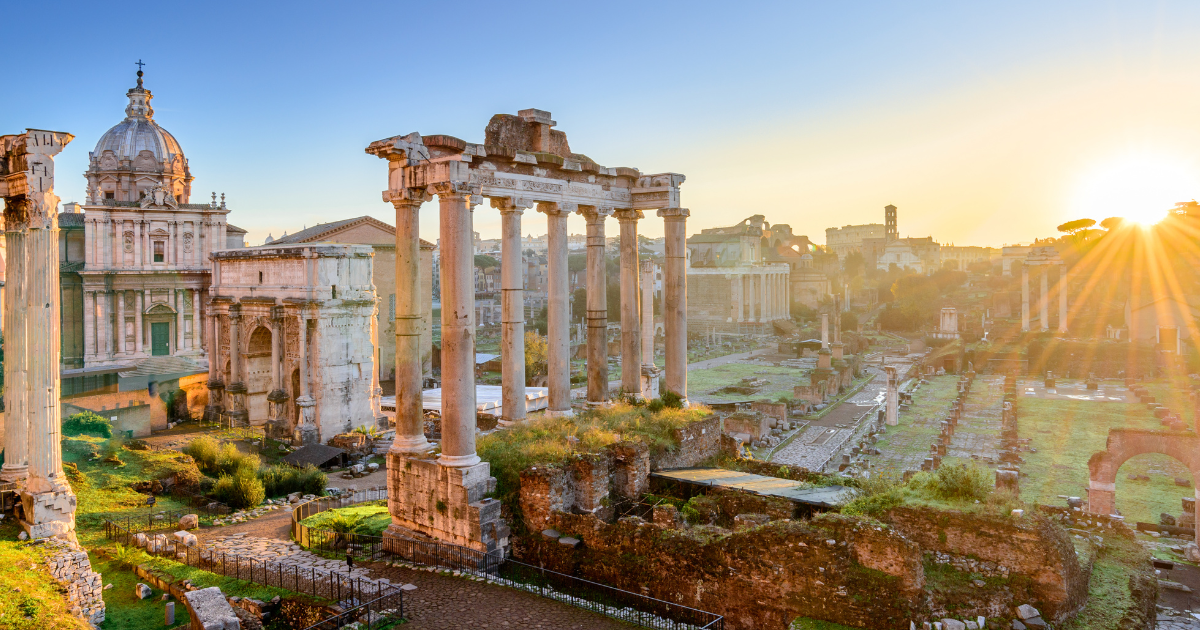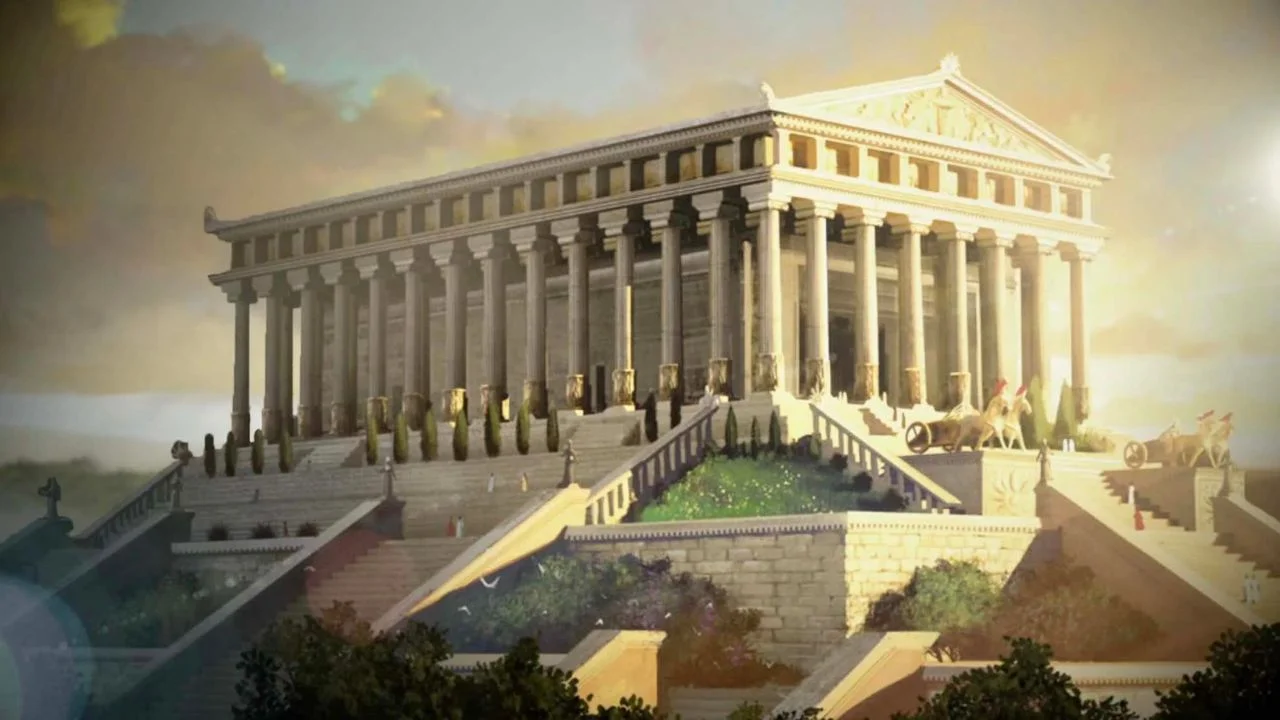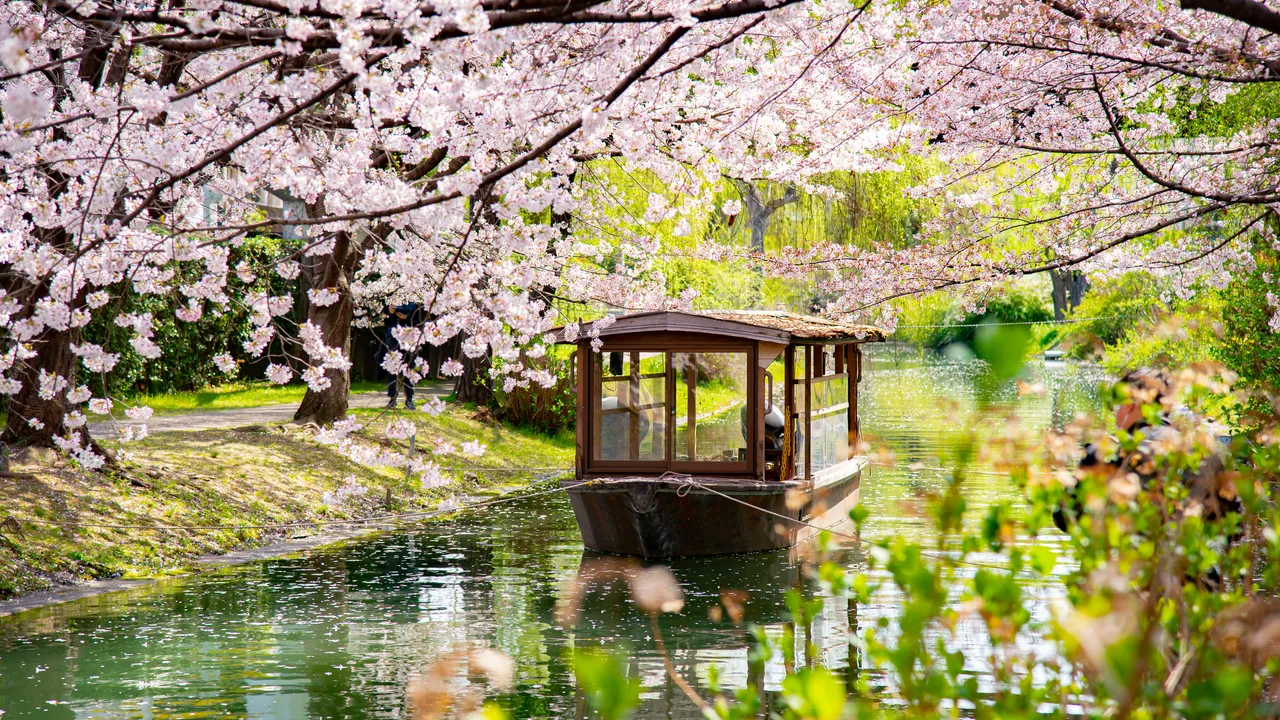Starting in Tallinn, Estonia: A Baltic Gem
Begin your adventure in Tallinn, Estonia’s fairy-tale capital, where cobblestone streets and medieval spires transport you to another era. The UNESCO-listed Old Town, with its colorful merchant houses and Alexander Nevsky Cathedral, is a perfect introduction to Europe’s layered history. Climb Toompea Hill for panoramic views, and visit St. Mary’s Cathedral, a symbol of Estonia’s resilience. Savor a hearty meal of mulgipuder (barley porridge with pork) at a cozy tavern like Olde Hansa, where candlelit ambiance evokes the Hanseatic League’s trading days. Tallinn’s blend of Nordic and Baltic influences sets the tone for the journey ahead.
Riga, Latvia: Art Nouveau Splendor
A short journey south brings you to Riga, Latvia’s vibrant capital. Known for its Art Nouveau architecture, Riga boasts over 800 buildings adorned with whimsical facades, especially along Alberta Street. The UNESCO-listed Old Town is a maze of Gothic and Baroque gems, with the House of the Blackheads and Riga Cathedral as highlights. Dive into Latvia’s history at the Museum of the Occupation, which chronicles the country’s Soviet and Nazi past. For a taste of local life, visit the Central Market, housed in repurposed Zeppelin hangars, and try smoked sprats or rye bread soup. Riga’s creative energy and historic charm make it a captivating stop.
Vilnius, Lithuania: Baroque Beauty
Next, cross into Vilnius, Lithuania’s baroque jewel. The city’s UNESCO Old Town is a labyrinth of churches, courtyards, and pastel-colored buildings. Visit the Gediminas Castle Tower for views over the Neris River, and explore the Cathedral Basilica, home to the revered Chapel of St. Casimir. Vilnius’s bohemian side shines in Užupis, a self-proclaimed “republic” of artists with its own constitution and quirky statues. Savor cepelinai (potato dumplings stuffed with meat) at a local eatery, and feel the city’s blend of Catholic heritage and youthful rebellion. Vilnius is a bridge between the Baltic and Central Europe.
Warsaw, Poland: Resilience and Rebirth
Heading south, Warsaw, Poland’s capital, embodies resilience. Rebuilt after near-total destruction in World War II, the UNESCO-listed Old Town is a testament to Polish spirit, with colorful facades and the Royal Castle. The POLIN Museum of the History of Polish Jews offers a poignant look at Poland’s Jewish heritage, while the Warsaw Uprising Museum honors the city’s wartime bravery. Stroll along the Royal Route to Łazienki Park, where Chopin’s music often fills the air during summer concerts. Try pierogi (dumplings) or bigos (hunter’s stew) at a traditional mleczny bar. Warsaw’s blend of tragedy and triumph is deeply moving.
Krakow, Poland: A Cultural Heart
A short detour to Krakow reveals one of Europe’s most enchanting cities. The UNESCO-listed Old Town centers around Rynek Główny, Europe’s largest medieval square, dominated by the Cloth Hall and St. Mary’s Basilica. Wawel Castle, perched on a hill, houses Poland’s royal history and the iconic Sigismund Bell. Visit the Kazimierz district, once the heart of Jewish Krakow, now a vibrant hub of cafés and synagogues. A sobering excursion to Auschwitz-Birkenau, an hour away, offers a stark reminder of history’s darkest chapters. Savor obwarzanek (Krakow’s bagel-like street food) and let the city’s soulful energy linger.
Prague, Czech Republic: The City of a Hundred Spires
Next, Prague, the Czech Republic’s “City of a Hundred Spires,” dazzles with its fairy-tale skyline. The Charles Bridge, lined with statues, connects the Old Town to Prague Castle, a sprawling complex housing St. Vitus Cathedral. Wander through the Old Town Square to see the Astronomical Clock, a 15th-century marvel. Prague’s Jewish Quarter, with its ancient synagogues and cemetery, tells a story of endurance. Enjoy a pint of Pilsner Urquell with svíčková (marinated beef with cream sauce) at a historic pub like U Fleků. Prague’s romantic allure is a highlight of the journey.
Vienna, Austria: Imperial Elegance
Southward lies Vienna, Austria’s imperial capital, where Habsburg grandeur meets modern sophistication. The Schönbrunn Palace, a UNESCO site, dazzles with its baroque gardens and opulent interiors. St. Stephen’s Cathedral, with its colorful tiled roof, anchors the city’s historic core. Vienna’s coffeehouse culture, recognized by UNESCO, invites you to linger over a mélange (cappuccino) and sachertorte at Café Demel. The Belvedere Museum, home to Klimt’s The Kiss, showcases Austria’s artistic legacy. Vienna’s blend of music, art, and history—think Mozart and Strauss—makes it a cultural pinnacle.
Bratislava, Slovakia: The Danube’s Hidden Gem
A short hop along the Danube brings you to Bratislava, Slovakia’s compact yet charming capital. The Old Town, with its narrow streets and pastel buildings, centers around Hlavné Námestie. Bratislava Castle, perched above the river, offers views of three countries (Slovakia, Austria, and Hungary). Visit the quirky Blue Church, a pastel masterpiece of Art Nouveau, and sip borovička (juniper brandy) at a riverside café. Try bryndzové halušky (potato dumplings with sheep cheese) for a taste of Slovak soul. Bratislava’s understated charm is a refreshing pause before the journey continues.
Budapest, Hungary: The Pearl of the Danube
Budapest, Hungary’s regal capital, straddles the Danube with Buda’s historic hills and Pest’s vibrant energy. Buda Castle, a UNESCO site, houses museums and offers sweeping views. The Matthias Church and Fisherman’s Bastion add medieval charm. Soak in the Széchenyi Thermal Bath, a neo-Baroque oasis, and explore Pest’s Andrássy Avenue, another UNESCO gem. The Great Market Hall tempts with lángos (fried dough) and paprika-spiced sausages. Budapest’s ruin bars, like Szimpla Kert, pulse with bohemian energy. This city’s grandeur and grit are a perfect midpoint on the road to Rome.
Zagreb, Croatia: A Blend of Old and New
Crossing into Croatia, Zagreb offers a blend of Austro-Hungarian elegance and Balkan warmth. The Upper Town, with its Gas Lamp-lit streets, features St. Mark’s Church and its colorful tiled roof. The Museum of Broken Relationships, a quirky highlight, explores love’s universal stories. Dolac Market buzzes with local produce, perfect for sampling burek (flaky pastry with cheese or meat). Sip coffee on Tkalčićeva Street, Zagreb’s lively café strip, and feel the city’s relaxed yet sophisticated vibe. Zagreb is a gateway to the Balkans’ southern allure.
Ljubljana, Slovenia: Green and Graceful
Ljubljana, Slovenia’s green capital, is a postcard-perfect stop. The Ljubljanica River, lined with willow trees and vibrant cafés, flows through the city’s heart. The Triple Bridge and Dragon Bridge, guarded by mythical creatures, lead to the Ljubljana Castle, offering panoramic views. The UNESCO-listed works of architect Jože Plečnik, like the Central Market, add modernist flair. Try štruklji (rolled dumplings) at a riverside restaurant. Ljubljana’s eco-conscious spirit and compact charm make it a hidden gem on this epic journey.
Rome, Italy: The Eternal City
The journey culminates in Rome, Italy’s Eternal City, where 3,000 years of history converge. The Colosseum, a symbol of Rome’s imperial might, stands alongside the Roman Forum, where ancient ruins whisper of Caesar and Cicero. The Pantheon’s oculus and St. Peter’s Basilica in Vatican City showcase architectural genius. Toss a coin into the Trevi Fountain, savor carbonara at a trattoria in Trastevere, and wander the Piazza Navona’s lively streets. Rome’s layers—Roman, Renaissance, Baroque, and modern—create a fitting finale, where every corner tells a story.
The Journey’s Soul: A Tapestry of Europe
This route through Estonia, Latvia, Lithuania, Poland, the Czech Republic, Austria, Slovakia, Hungary, Croatia, Slovenia, and Italy is a masterclass in Europe’s diversity. From Tallinn’s medieval charm to Rome’s ancient grandeur, each country offers a unique lens on history, culture, and human resilience. The Baltic states’ quiet beauty, Central Europe’s imperial elegance, and the Balkans’ raw warmth converge in a journey that’s as much about self-discovery as it is about exploration.
Practical Tips for the Journey
- Transportation: This route is best tackled by a mix of trains, buses, and flights. The Eurail Pass covers much of the journey, with efficient trains connecting Warsaw to Prague, Vienna to Budapest, and Zagreb to Ljubljana. Budget flights or buses link the Baltic capitals and Rome.
- Best Time to Travel: Spring (April-May) and autumn (September-October) offer mild weather and fewer crowds. Summer is vibrant but busy, while winter adds festive charm in cities like Prague and Vienna.
- Currency: Estonia, Latvia, Lithuania, Slovakia, and Slovenia use the euro (EUR). Poland uses the zloty (PLN), the Czech Republic the koruna (CZK), Hungary the forint (HUF), Croatia the euro (EUR), and Italy the euro (EUR). Carry local currency for smaller towns.
- Language: English is widely spoken in cities, but learning basic phrases (like “thank you”—“aitäh” in Estonian, “dziękuję” in Polish, or “grazie” in Italian) enhances connections.
- Safety: All 11 countries are generally safe, but stay vigilant in crowded tourist areas and use reputable transport.





Leave a Reply